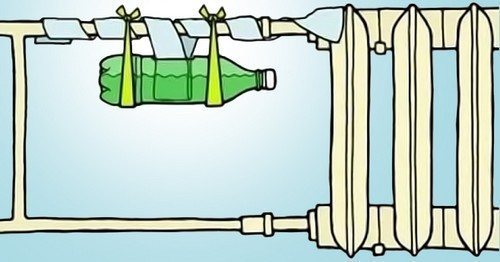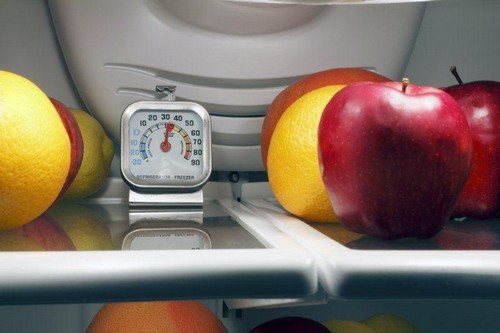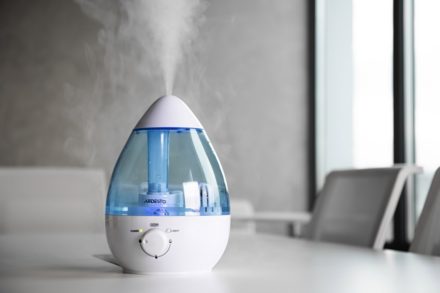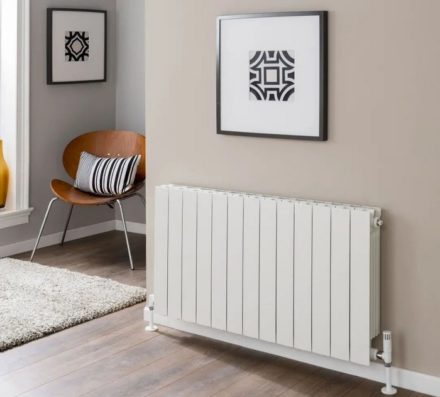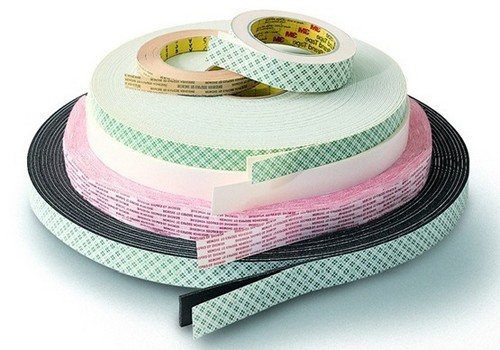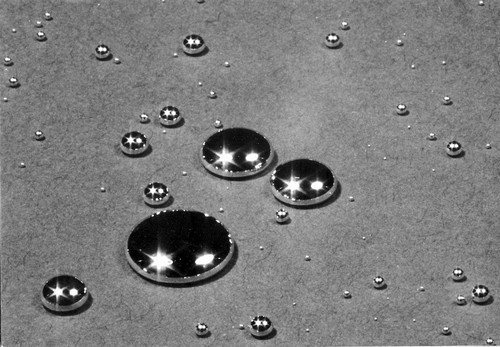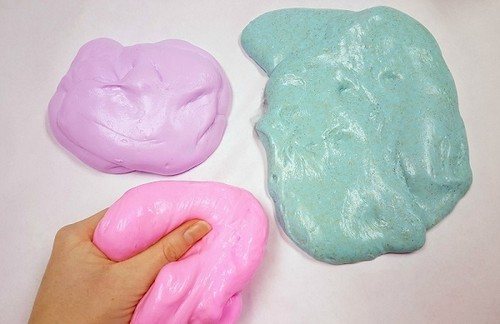Little is thought about the air humidity in the apartment, no special importance is attached to it. The human olfactory organs do not determine the “dangerous” level of humidity. Deterioration of health does not occur immediately. The main thing is no dampness. You should know more about an important indicator of the environment that ensures comfort, health, and performance.

Why is humidity important in an apartment
The amount of moisture in the air is not a harmless factor. A greatly increased/decreased content is harmful to the health of people in the room. The values of a quantity important for a person's condition must be maintained within the permissible norms. If deviations or constant violations of microclimate requirements are detected, it is necessary to take immediate measures to eliminate them.
Standards
Standards are established in GOST 30494-2011 "Residential and public buildings. Microclimate parameters in premises".
The values defined by the standard depend on the season.
- In spring and autumn, in the summer at a temperature of 18-27 degrees, the range of humidity values is set from 30% to 60%, the maximum permissible value is 65%.
- In the cold season - in winter at 15-26 degrees, humidity is from 30% to 45%, the maximum permissible figure is 60%.
Standard indicators apply to living rooms, do not apply to auxiliary rooms: kitchens, toilets, bathrooms, showers, utility rooms, storerooms.
A comfortable humidity regime is necessary throughout the year, during the hot period in the summer, during the heating season in the winter.Doctors recommend an optimal rate of 40% to 60%, regardless of the time of year.
| Name of the room/premises | Temperature, °C | Humidity,% |
| Living room | 18-23 | 40-50 |
| Children's | 18-24 | 50-60 |
| Bedroom | 16-20 | 40-55 |
| Study | 18-22 | 30-40 |
| Kitchen | 19-22 | Not standardized |
| Bathroom/shower | 21-23 | Not standardized |
| Toilet | 16-19 | Not standardized |
| Corridor/lobby/staircase | 16-19 | Not standardized |
| Greenhouse/winter garden | 16-25 | 50-70 |
What humidity is optimal for a child?
The same GOST defines the standard temperature value for preschool institutions:
- from 18 to 22 degrees (cold period);
- from 22 to 24 degrees (warm).
Relative moisture content in this case:
- 30–40% in winter;
- 30–60% in summer.
This regime must be provided to the child in the nursery. Carry out constant monitoring to avoid disturbances in the child’s body’s water balance and metabolism, and to prevent the occurrence of various acute and chronic diseases and allergies.
Children suffer more than adults from moisture imbalance. The rapid metabolism in children is accompanied by active heat loss. The process of thermoregulation is carried out through the respiratory organs or skin. With high moisture content, overheating occurs with a decrease in heat transfer. Low moisture content in the environment contributes to drying of the mucous membranes and the development of diseases of the nasopharynx and respiratory tract.
The optimal parameters, regardless of the time of year, for a children's room are: temperature 18-24 degrees, moisture content 50-60%.
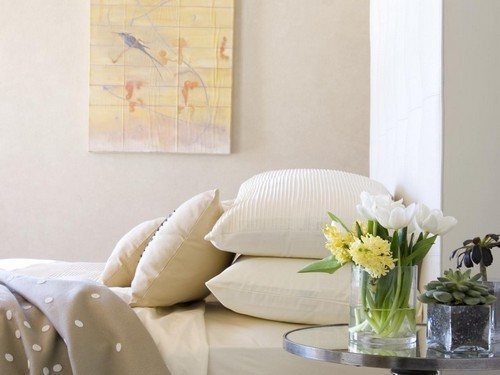
What problems can arise due to high humidity?
You should pay attention to the furnishings and type of objects in the house.
- Condition of indoor flowers. They lose their healthy appearance and stop growing.The soil in the pots “blooms”, the roots rot, the leaves and stems wither, a white coating appears on the leaves.
- Wet towels. Clothes and linens never dry in such an environment.
- “Swelling” of wooden interior items, furniture. Doors become larger than the opening, “swell”, close poorly / do not close at all.
- Wallpaper peeling off from the walls. The edges and corners of the wallpaper come off due to good moisture absorption by the paper, making them heavier.
- Condensation appears on cold surfaces. Droplets appear on window glass, mirrors, walls.
Such signs indicate an excess of moisture.
If ignored, the problem is inevitable:
- Accumulation of moisture on insulating materials. Leads to damage to the integrity of the coating, loss of dielectric properties.
- Deterioration/cessation of operation of office equipment. The ability to "swell" is characteristic of many elements of equipment, reading devices.
- The appearance of corrosion on metal surfaces. Deteriorates the operation of television and radio equipment.
- Accumulation of various infections. Contributes to the development/exacerbation of respiratory diseases, acute respiratory viral infections.
- The appearance of fungus and mold on the surfaces of walls and furniture. The negative consequences of being in such rooms for people are:
- Overheating of the body. A violation of thermoregulatory processes in the body occurs. A person does not sweat, heat transfer becomes less. Health is worse, performance is lower.
- Decreased immunity.
- Development of allergic reactions.
- Exacerbation of cardiovascular diseases.
- The appearance of attacks of hypertension.
Lack of a humid environment also harms human health.
Effects of low humidity
When there is a lack of humid air, the following occurs:
- Delamination, cracking of furniture surfaces.
- Delamination of parquet boards.
- Lots of dust in the room.
- Lack of oxygen.
Dust settles poorly and enters the respiratory system. Bacteria, viruses, allergens, and various microorganisms come with dust.
Dry air can cause:
- Dehydration of the body.
- Drying of the skin (peeling, cracking).
- Dry hair, brittle nails.
- Drying of the mucous membranes (nose, throat, eyes).
- Diseases of the respiratory system, nasopharynx.
- Allergic reactions.
- Metabolic disease.
In such conditions, even healthy people feel unwell, weak, distracted, and tired.
What affects humidity
The main factor is air temperature. As this indicator decreases, the moisture content decreases. As the temperature rises, the amount of moisture in the air also increases.
Reduce moisture levels:
- Heating appliances.
- Air conditioner.
- Pillows, upholstered furniture, toys, carpets.
- Ventilation of housing in frosty weather.
Increase moisture content:
- House plants.
- Aquarium.
- Drying clothes in the apartment.
- Boiling the kettle frequently.
- Leaking pipelines, broken plumbing.
Poor quality of repairs, defects in construction.
- Roof leaking.
- Leaks in the joints of building slabs.
- Old, leaky window frames.
- Obstruction of air flow through ventilation ducts.
The moisture content values are sought to be as close as possible to the maximum permissible range.
Handy methods of measurement
When there are obvious signs of an increase/decrease in humidity in the air, measure the values. If there is no special device, use other methods.
Measuring with a glass
- This method confirms the presence of high/low humidity. Does not give accurate results.
- Fill a glass with cold water.
- Place it on a chair in the center of the room in which you want to conduct the experiment.
The glass is covered with condensation on the outside. If it dries after 10-15 minutes. The humidity is low.
- The walls of the glass do not dry after the same time, drops flow down the walls - high.
- The condensation is distributed evenly along the walls, does not dry, does not roll down the walls - the humidity is within the permissible values.
- Measuring with a thermometer
- A liquid thermometer is used to determine the air temperature.
Measure the temperature, write it down.
Moisten a piece of cotton wool with water.
Apply to the thermometer bulb.
Leave for 2-3 minutes.
Record the thermometer readings.
Based on the difference in values, determine the moisture content using the Assmann psychrometric table.
Measuring devices
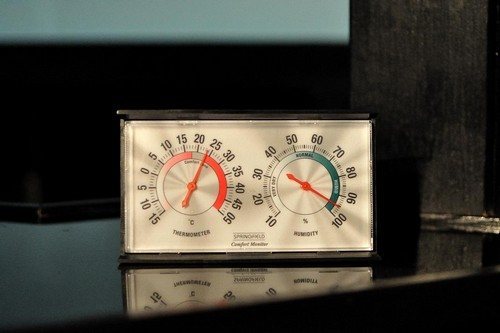
Special devices provide more accurate readings.
Measuring with a hygrometer
- There are several types of household hygrometers. Multifunctional electronic devices with built-in clocks, thermometers, and barometers are popular due to their ease of use.
- Other types of hygrometers (hair, condensation, film, ceramic, electrolytic, and weighing) are used in accordance with the requirements of the operating instructions.Professional tips for cleaning the house that we received from cleaning service workers
- Handy measurement methods
- If there are obvious signs of an increase/decrease in moisture in the air, values are measured. If a special device is not available, other methods are used.
Measuring with a glass
- This method confirms the presence of high/low moisture. Doesn't give accurate results.
- Fill a glass glass with cold water.
- Place it on a chair in the center of the room in which the experiment is to be carried out.
- The outside of the glass becomes covered with condensation. If it's in 10-15 minutes. dries out. Humidity is low.
- The walls of the glass do not dry out after the same time, drops flow down the walls - increased.
- The condensation is distributed evenly over the walls, does not dry out, does not roll down the walls - the humidity is within acceptable values.
Measuring with a thermometer
A liquid thermometer is used to determine the air temperature.
Take the temperature and write it down.
- Moisten a piece of cotton wool with water.
- Attach to the thermometer flask.
- Leave for 2-3 minutes.
- Record the thermometer readings.
- Subtract the lower reading from the upper reading.
- Based on the difference in values, determine the moisture content using the Assmann psychrometric table.
- Measuring instruments
- More accurate readings are provided by special devices.
- Measuring with a hygrometer
Household hygrometers come in several types. Multifunctional electronic devices with built-in clocks, thermometers, and barometers are popular because of their ease of use.


